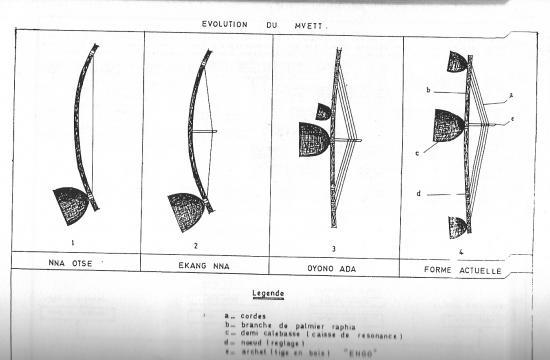Hi, I don't know if this is the right section, but since this is a crowded forum I want to show you the African music I love more and the people that perform it.
This is music from the Western Sahel (ex Mali and Songhai Empire) Sahel is the "shore" of the big and hot see called Sahara
Western Sahelian People



Mandinka, Soninka, Hausa, Fulani, etc etc
Mali (Timbuku)

Burkina Faso (Bani)

Northern Nigeria


The 2 instruments are:
KORA

RITI (Called ENDINGIDI in East Africa)

The 2 instruemnts are:
KAMELE NGONI (or also written Kamele N'goni)

FULA FLUTE (the Flute of Fulani people)

Music from other parts of Africa:
Whispered songs come from Southern Uganda/Rwanda and Burundi, but now are almost disappeared and only in Burundi you can find them
INANGA (also called Enanga)
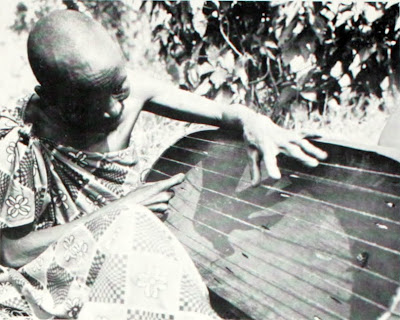
ADUNGU

Theorists say that Adungu were a common musical instrument along Africa, in ancient times
ANCIENT EGYPTIAN ADUNGU-LIKE INSTRUMENT

---------- Post added at 10:36 AM ---------- Previous post was at 10:09 AM ----------
Another song played with Adungu
This is music from the Western Sahel (ex Mali and Songhai Empire) Sahel is the "shore" of the big and hot see called Sahara
Western Sahelian People



Mandinka, Soninka, Hausa, Fulani, etc etc
Mali (Timbuku)

Burkina Faso (Bani)

Northern Nigeria


The 2 instruments are:
KORA

RITI (Called ENDINGIDI in East Africa)

The 2 instruemnts are:
KAMELE NGONI (or also written Kamele N'goni)

FULA FLUTE (the Flute of Fulani people)

Music from other parts of Africa:
Whispered songs come from Southern Uganda/Rwanda and Burundi, but now are almost disappeared and only in Burundi you can find them
INANGA (also called Enanga)

ADUNGU

Theorists say that Adungu were a common musical instrument along Africa, in ancient times
ANCIENT EGYPTIAN ADUNGU-LIKE INSTRUMENT

---------- Post added at 10:36 AM ---------- Previous post was at 10:09 AM ----------
Another song played with Adungu
Last edited:

















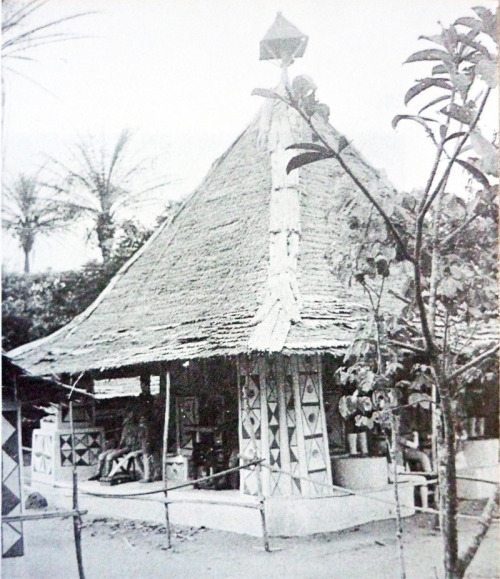
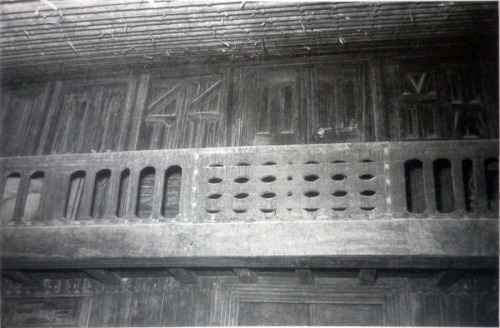
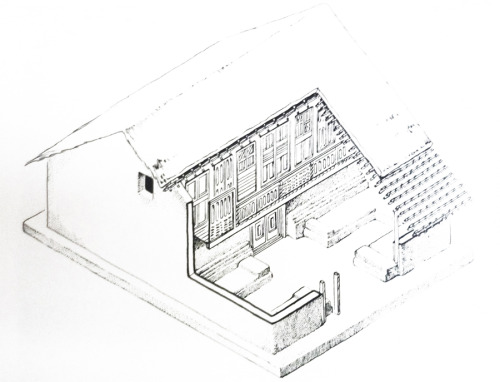
 ...make a provision for the OP... 10/10 most relevant to what we do.
...make a provision for the OP... 10/10 most relevant to what we do.




